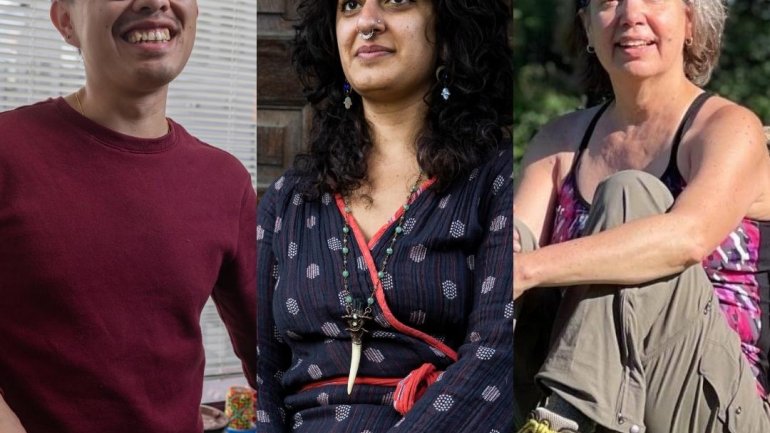Spotlight: Emerging Artists to Watch at American Craft Made / St. Paul
They’re also receiving support from the American Craft Council to show their work at the American Craft Made marketplace in St. Paul, Minnesota, on October 7, 8, and 9. There, they will join 150 other national and regional artists, who will display everything from elegant wooden chairs to handwoven clothing to metal and stone jewelry from the Minnesota north woods, for buyers and browsers alike.
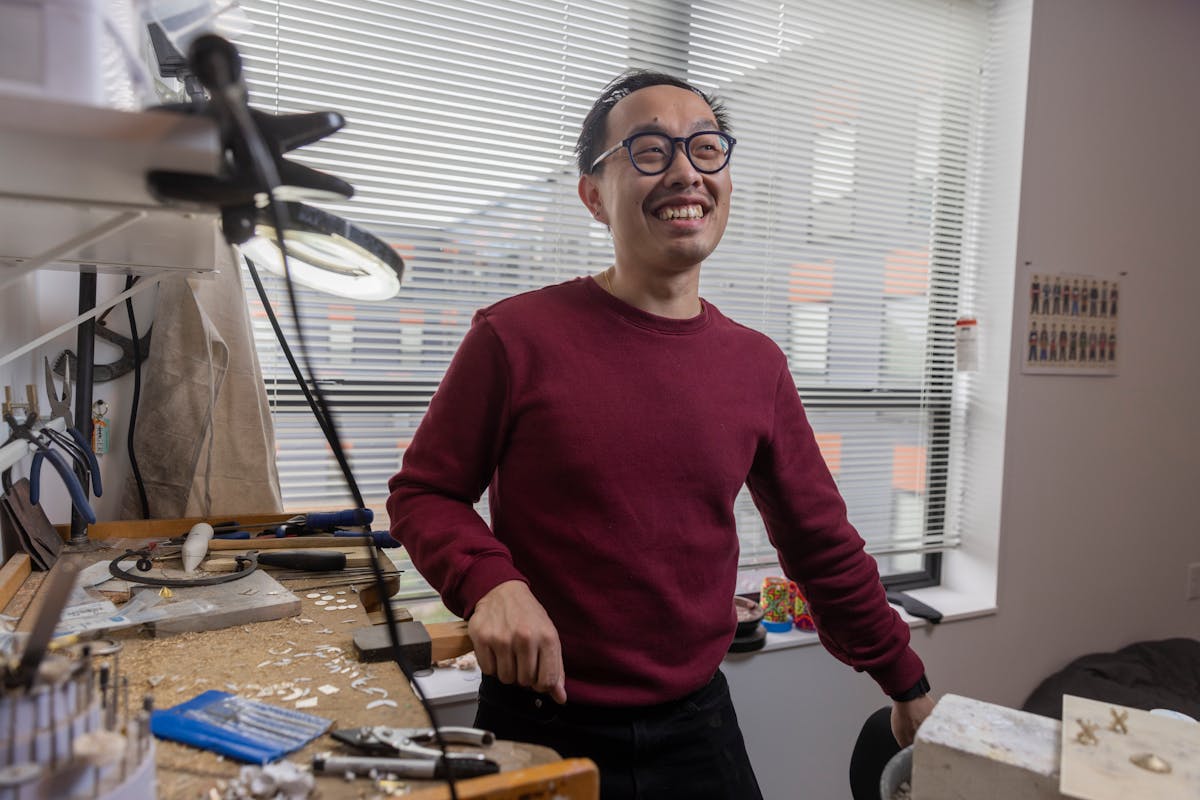
Photo by Jaida Grey Eagle.
Born in Thailand, Xiong came to the US in 1993 with his family, refugees of the Vietnam War. He grew up in Wisconsin and moved to Minnesota a year ago, drawn by the Twin Cities’ vibrant Hmong community and arts culture. He likes to use authentic materials in his work and especially appreciates the HmongTown Marketplace in St. Paul.
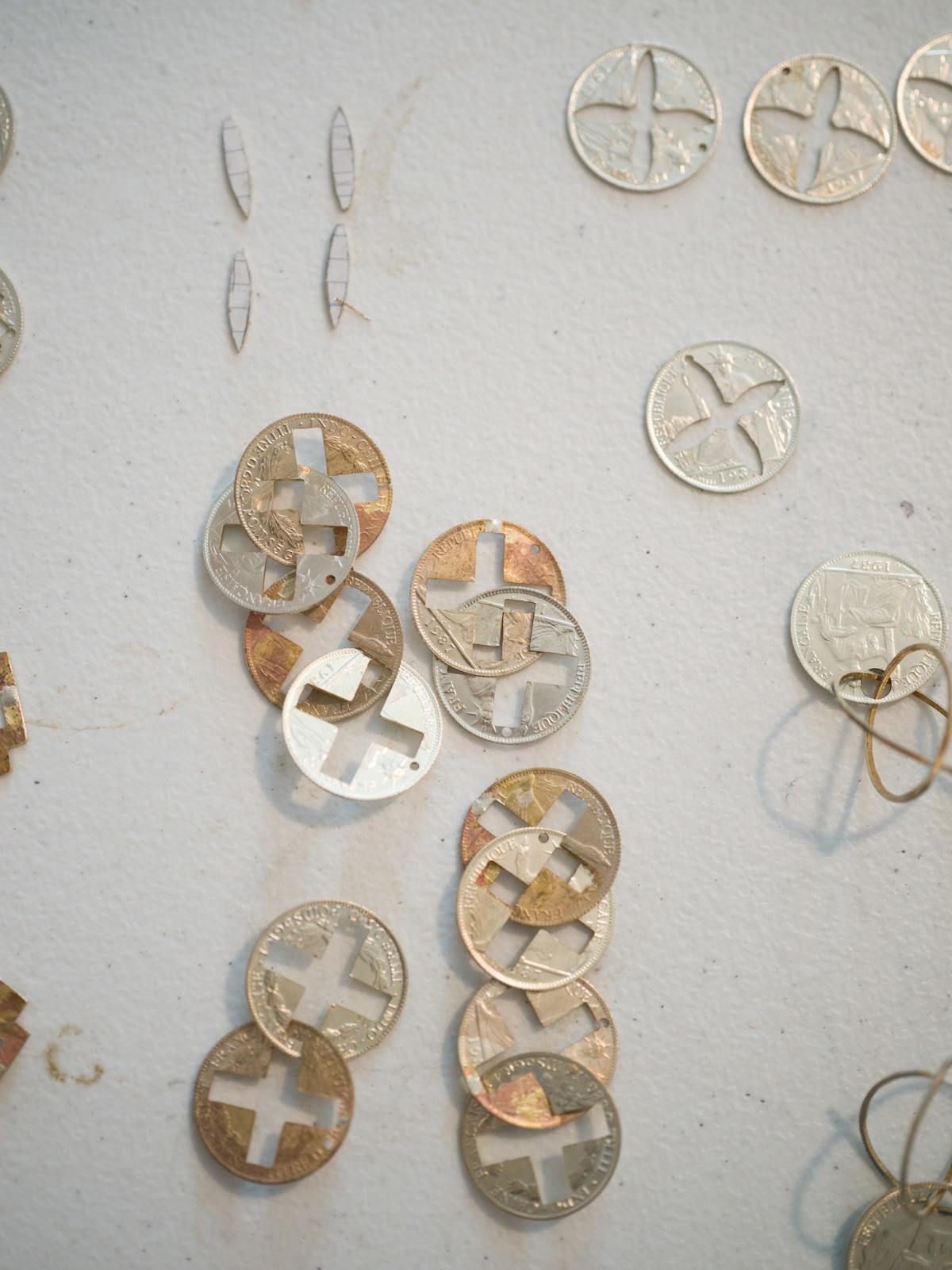

Photos by Jaida Grey Eagle.
“A lot of my work falls into that category of documenting and preserving and storytelling our history through textile work,” Xiong says. “I pay homage to my culture as much as possible. I use traditional craft processes but express my own voice through this work.”
Xiong hand-stitches intricate story cloths, seeking to document the immigrant experience and make Hmong culture visible. “I’m claiming identity,” he says. “I’m reimagining our history within our time today.”
Also an accomplished jewelry maker, Xiong earned his bachelor of fine arts with an emphasis in metals and jewelry from the University of Wisconsin–Whitewater and his master of fine arts from New Mexico State University. In 2019, he received a ten-month Fulbright Fellowship to research and collaborate with Hmong artisans working in silversmithing and textiles in Chiang Mai, Thailand.
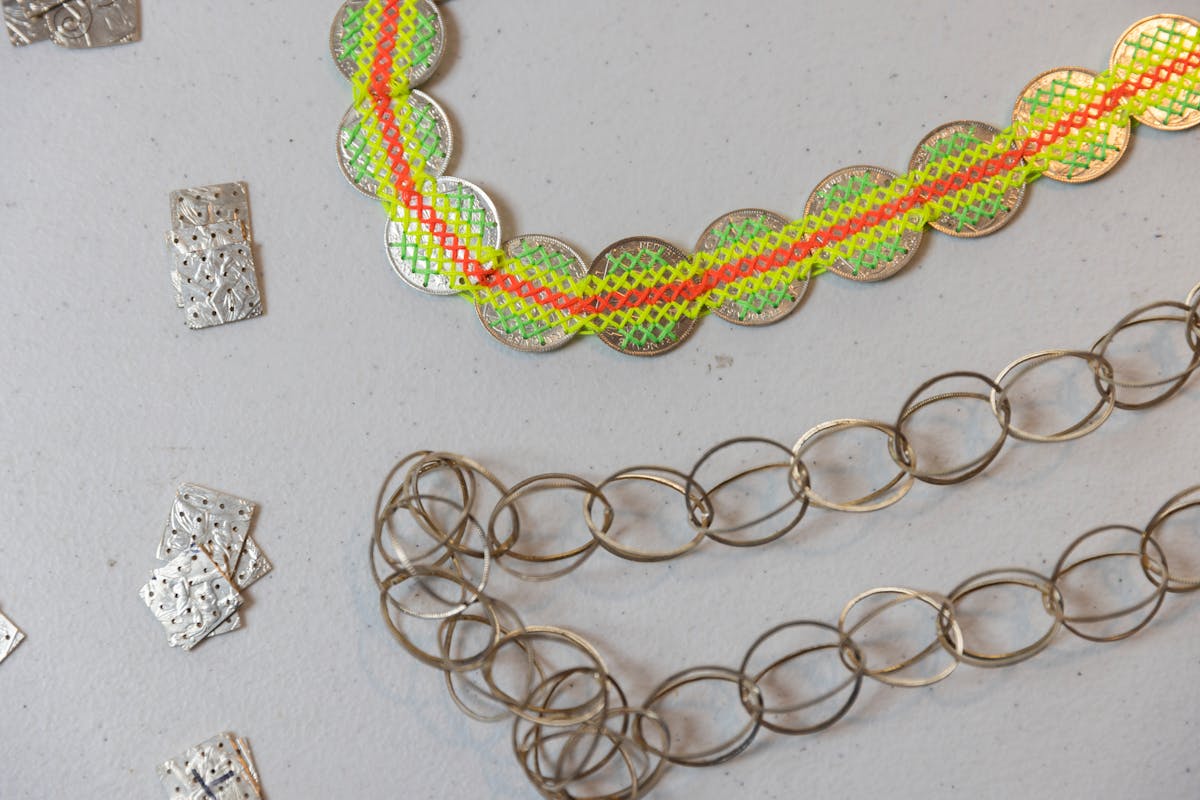
Photo by Jaida Grey Eagle.
For the show in St. Paul, he combines his jewelry and embroidery skills. Around the turn of the 20th century, when Vietnam, Cambodia, and Laos used colonial French Indochinese currency, Xiong says Hmong people melted down the silver coins in order to make jewelry. “I find that process really interesting,” he says. “They were interrupting the currency value and reclaiming that material.” Xiong has found replica coins and is cutting them apart, reconstructing them as jewelry, and embroidering on them. “You will have to really look to see the surface of the coins.”
Here, Xiong tells a traditional story through his own very personal and contemporary lens.
gerxiong.com | @gerxiong55 | Online Artists Directory Profile
Jeweler and ceramicist
They were born in the island country of Palau—their mom is Iranian, their dad Puerto Rican—and spent a lot of time in nature. “Growing up in the islands, I was an outdoor child, 100 percent,” says Farabi, who moved to Minnesota with their family in 2000. “But a lot of the nature themes come from developing a love of the outdoors in the US. You can find naturally shed antlers a lot in Minnesota. The mushrooms come from that, too. But then, I am a forager. I find a lot of things I use outside, including inspiration.”
“From my upbringing and my lineage,” they say, “I am feeling that connectedness to the earth.”
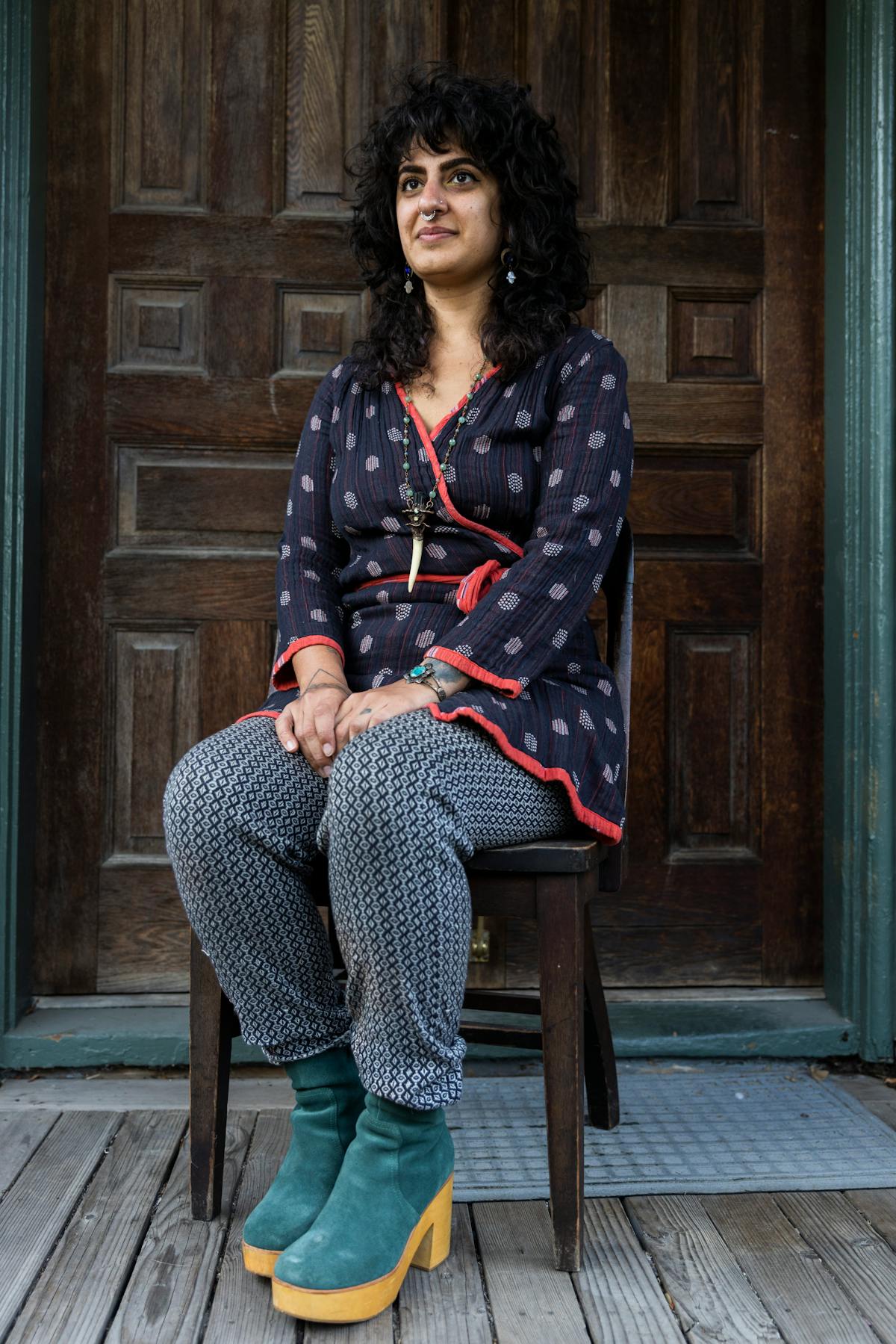
Photo by Jaida Grey Eagle.
As an artist, Farabi is self-taught, always experimenting and breaking the so-called rules. “I grew up in a very artistic environment,” they say. “My parents are religious. They would say art is like prayer and worship. I grew up with the belief that art is not just expression, but it’s holy.”
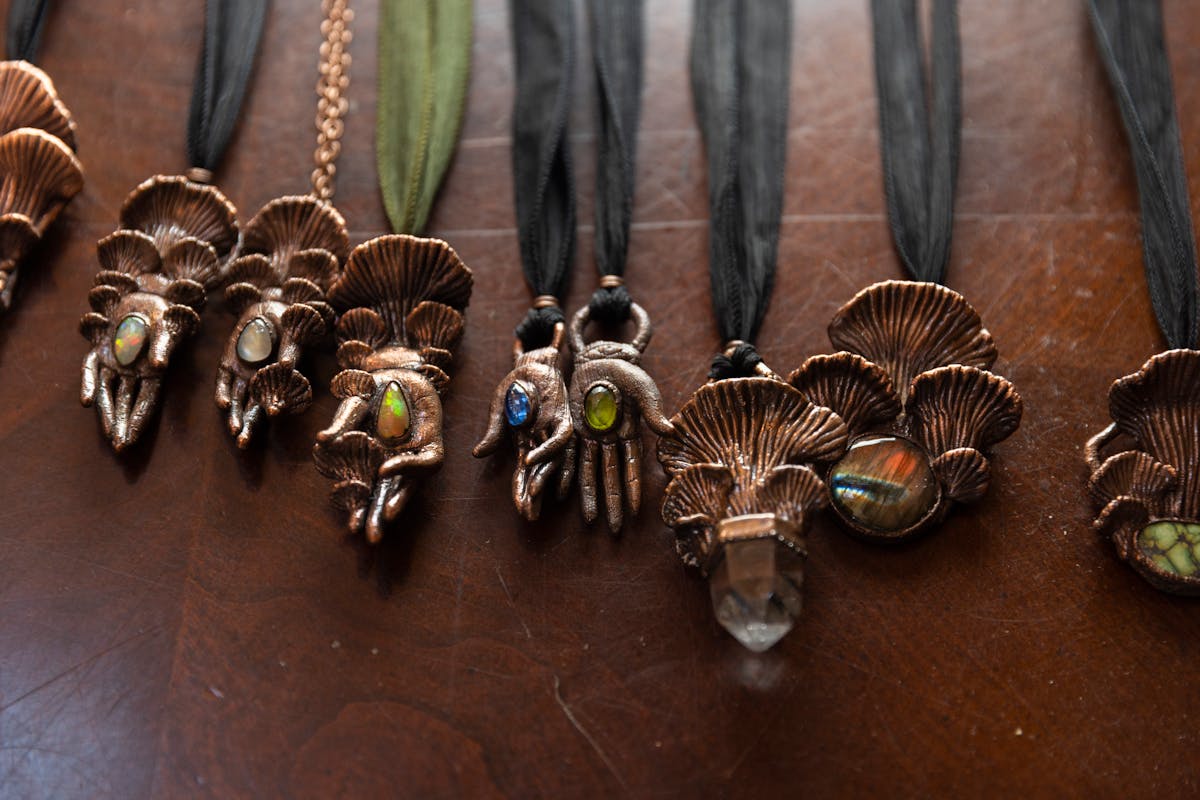
Photo by Jaida Grey Eagle.
They taught themselves the electroforming process—a method of applying layers of metal—through home research. And they focus on lesser-used copper, while others tend to plate with gold or silver.
Farabi also makes sculpted and metal-coated hands, which they view as protective. "I am certainly inspired by hamsas and mudras,” they say. “The hamsa is the Jewish hand symbol to ward away the evil eye. Mudras are ritual gestures and poses where you are touching fingertips." Their pieces often feature a stone in the hand’s palm.


Photos by Jaida Grey Eagle.
“That has been a theme throughout my life,” Farabi says, “this thing that can protect you from evil. It’s intuitive when I choose the stones for the hands. It feels like an embodiment of my culture. It’s my wish that the people who wear them should feel safe and protected.” Of course, they add, “I can’t guarantee that is going to happen.”
bonesteeth.com | @bonesteeth | Online Artists Directory Profile
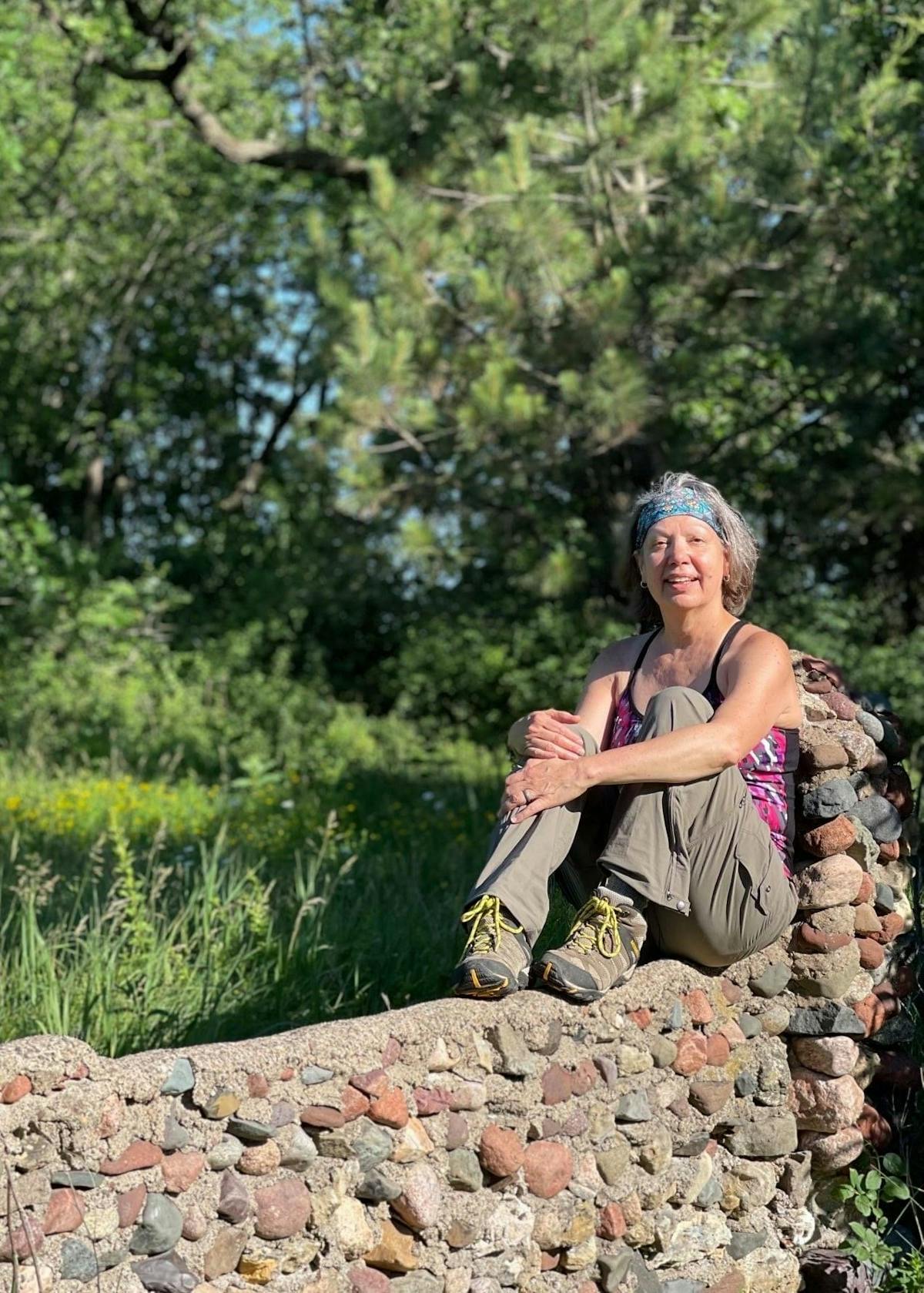
Photo courtesy of Loriene Pearson.
After
She found a new avenue for that sensibility in embroidering traditional Winnebago appliqué patterns. Her initial foray was to embroider a set of towels for a cousin. “I hadn’t embroidered since I was eight years old,” Pearson says. “I had an aunt who tried to teach me. I considered myself ‘hadn’t embroidered at all.’ I liked doing the work. There was a Zen to doing the stitching.”
It didn’t take long before Pearson was making pieces that embodied her modern style and vision and selling them at her first solo show, Contemporary Threads: Traditional Notions, at the Sioux Indian Museum in Rapid City, South Dakota.
“What inspires me is the Winnebago applique dress,” says Pearson, who grew up in Albert Lea, Minnesota, and moved to the Twin Cities in 1980. At one point, she was traveling in a car with her husband, Tim Pearson, when she realized she wanted to make embroidered images from her photographs. “I said, I’m going to draw my powwow pictures,” Pearson recalls. “I started playing with that. I would go to see my relatives, my aunt and grandma. They would see what I was doing and give me feedback. That led to doing, rather than a whole dancer, the geometric patterns of the dresses. I was hooked. I’d mastered replicating what the dresses looked like. Now I’m bending the rules and stretching the formula and putting the patterns in different places.”
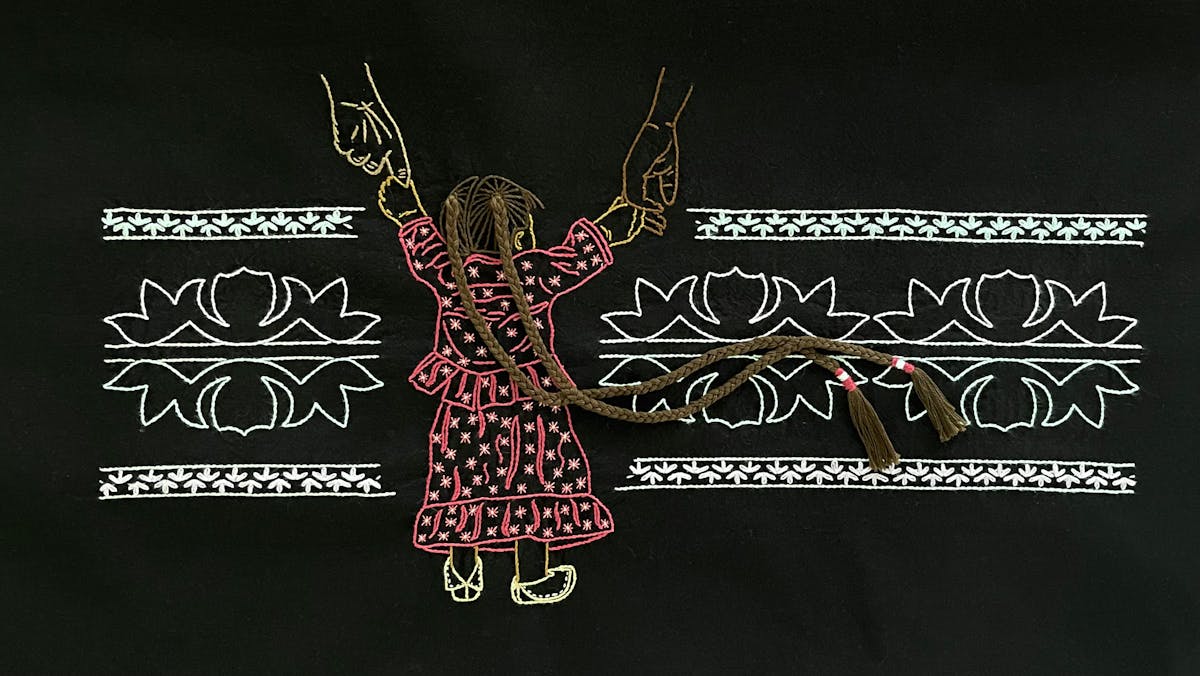
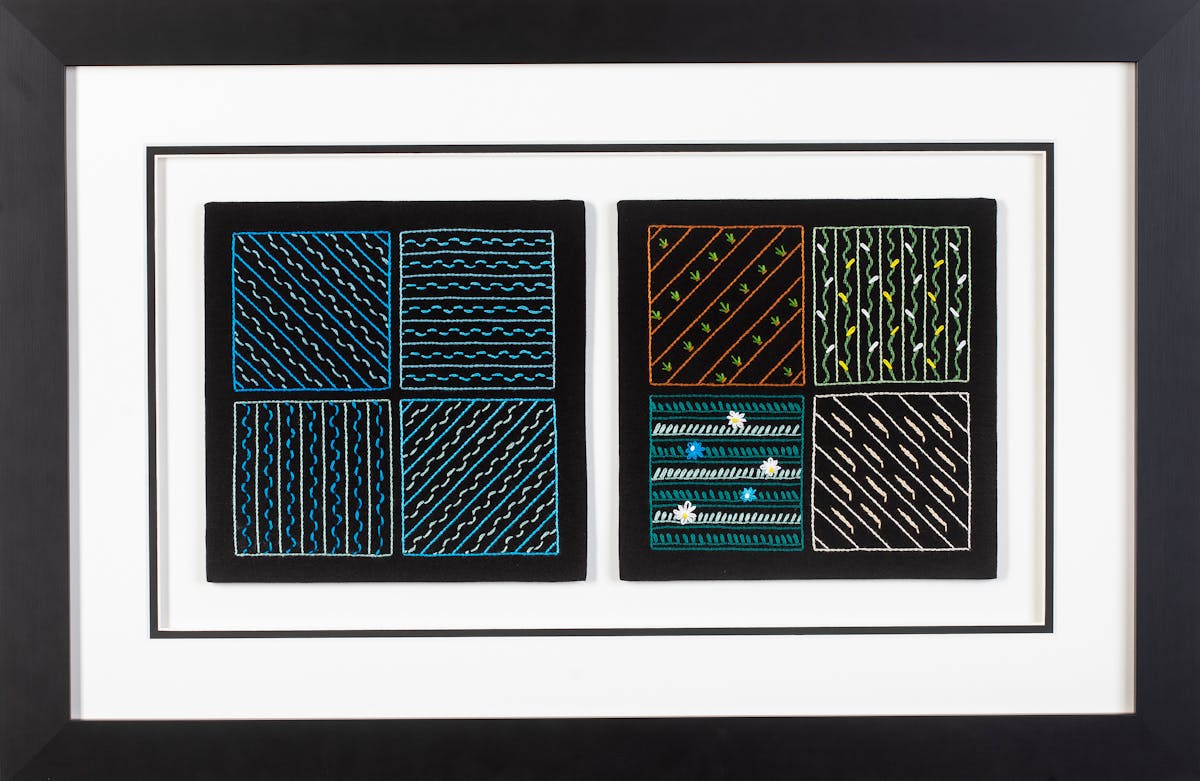

Photos by Loriene Pearson.
Some of her pieces are abstract, the stitching representing rivers and grasses or stages of the moon, while others depict very real scenes, such as First Dance, which shows a young girl with long braids attending her first powwow. The piece is based on a photo Pearson took of a relative.
All of her patterns are hand-drawn. And she’s always experimenting with new stitches. “I want to try them all,” Pearson says. “There are a gazillion stitches. One of my favorite things to do is to visit thrift stores to see if they have embroidery books. They are old books but they feel good.”
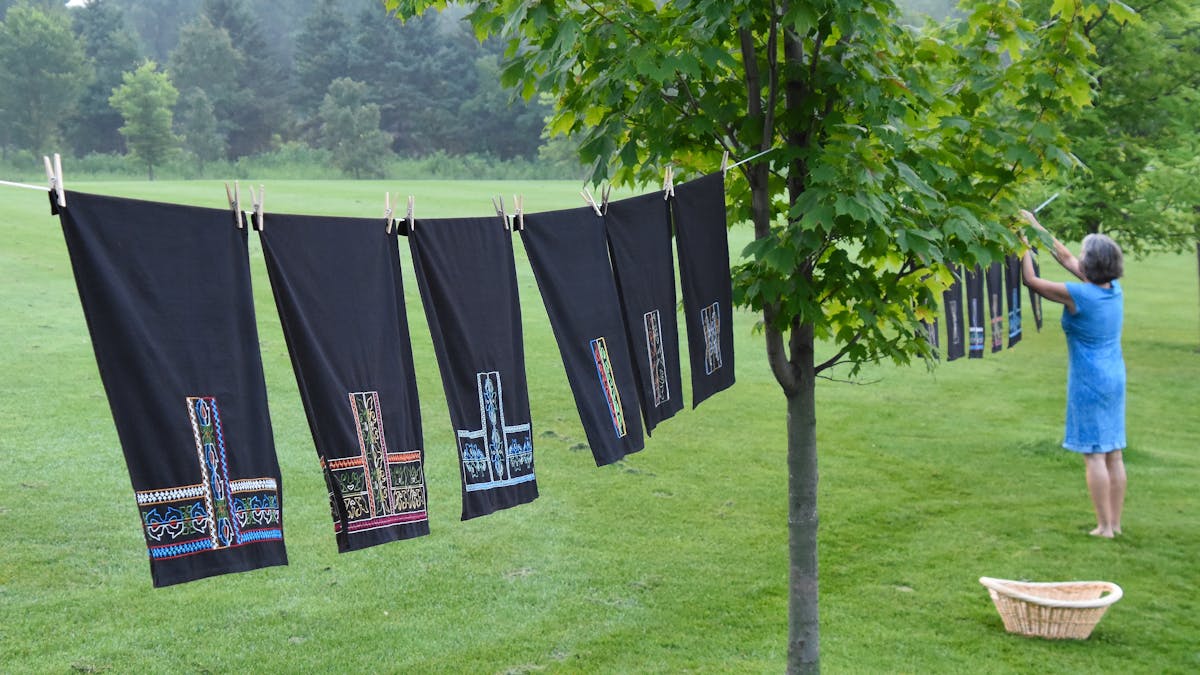
Photo by Loriene Pearson.
She looks forward to the St. Paul marketplace and will bring many embroidered works, along with her husband. “We understand each other,” she says. “He is helping me live my passion. He is my lovely assistant.”
lorienepearson.com | Online Artists Directory Profile
Discover More Inspiring Artists in Our Magazine
Become a member to get a subscription to American Craft magazine and experience the work of artists who are defining the craft movement today.

This activity is made possible by the voters of Minnesota through a Minnesota State Arts Board Operating Support grant, thanks to a legislative appropriation from the arts and cultural heritage fund.


